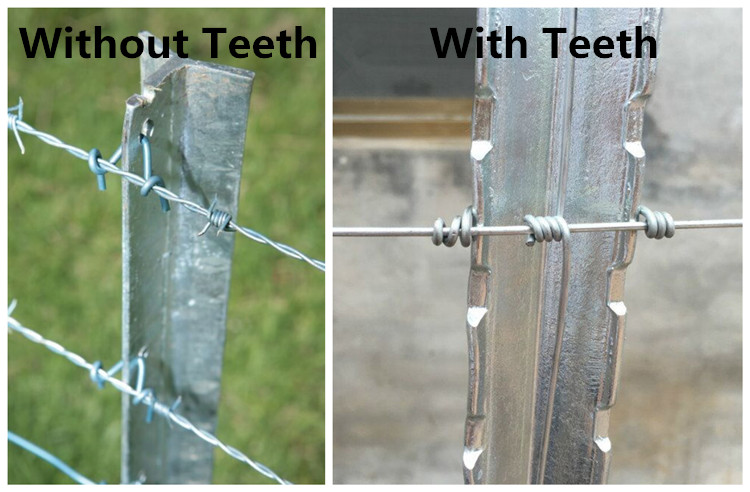Aug . 06, 2024 07:51 Back to list
Innovative Uses and Benefits of Rock-Filled Gabions in Modern Landscaping and Structural Design
Rock-Filled Gabions A Sustainable Solution for Erosion Control and Environmental Restoration
In recent years, the need for effective and sustainable solutions to combat soil erosion and enhance landscape aesthetics has spurred interest in rock-filled gabions. These sturdy, wire mesh containers filled with stones are not only functional but also environmentally friendly, making them a popular choice in civil engineering, landscaping, and ecological restoration.
Understanding Gabions
Gabions, derived from the Italian word “gabbione” meaning big cage, consist of mesh containers that are typically constructed from galvanized steel or welded wire. When filled with rocks, these structures create a permeable barrier that can control soil erosion, stabilize slopes, and manage water flow. Their design allows vegetation to thrive while providing a solid framework that can withstand the forces of nature.
Applications of Rock-Filled Gabions
1. Erosion Control One of the primary uses of rock-filled gabions is to combat soil erosion. Rivers and streams can erode banks and shorelines, leading to habitat loss and water quality degradation. Gabions can be strategically placed along these banks to absorb the impact of flowing water, thereby reducing erosion and protecting vital ecosystems.
2. Retaining Walls In areas with challenging topography, gabions can serve as effective retaining walls. They can hold back soil and rock, preventing landslides and ensuring the stability of roads and buildings. The flexibility of gabions allows for adjustments to be made as the landscape changes or settles over time.
rock filled gabion

3. Landscaping Beyond their functional benefits, rock-filled gabions are increasingly used in landscape architecture. They can create visually appealing features such as planters, seating areas, and decorative walls. The natural appearance of rocks combined with the rustic look of the mesh can complement various architectural styles and natural environments.
4. Flood Management Gabions play a crucial role in flood management by controlling the flow of water. They can be placed in riverbeds or along floodplains to slow down water movement, reducing the risk of flooding in adjacent areas. This application is particularly important in regions prone to severe weather and heavy rainfall.
Environmental Benefits
The environmental benefits of using rock-filled gabions are robust. Because they are made from natural materials, they blend well with the landscape and contribute to habitat creation for various species. Over time, vegetation can grow through the gaps in the gabions, further enhancing biodiversity. Furthermore, the porous nature of gabions allows for natural water drainage, minimizing the risk of standing water and promoting groundwater recharge.
Additionally, gabions can be filled with locally sourced stones, reducing transportation costs and carbon footprints associated with construction. This sustainable approach is increasingly appealing to environmentally conscious developers and communities.
Conclusion
Rock-filled gabions are a versatile and sustainable solution for addressing some of the pressing environmental challenges of our time. Their applications range from erosion control and flood management to landscaping and habitat restoration. As we continue to face the impacts of climate change and urbanization, the importance of innovative and eco-friendly solutions like gabions will undoubtedly grow. By adopting such practices, we can work towards sustainable development that harmonizes with nature while protecting our land for future generations.
-
High Quality 9 Gauge Expanded Metal Mesh & Chain Link Wire Mesh Fence Manufacturer
NewsJun.10,2025
-
Barbed Wire Roll Price - Wholesale Exporters & Reliable Factories Supply
NewsJun.10,2025
-
High-Quality Temporary Mesh Fence Panels for Sale Durable Temporary Fence Panels Supplier
NewsJun.10,2025
-
Welded Wire Fence Mesh Exporters Custom Sizes & Competitive Pricing
NewsJun.10,2025
-
Durable China Expanded Metal Security Mesh High-Security & Affordable
NewsJun.10,2025
-
White Expanded Metal Mesh Durable for Temp Fencing & Plaster
NewsJun.10,2025



